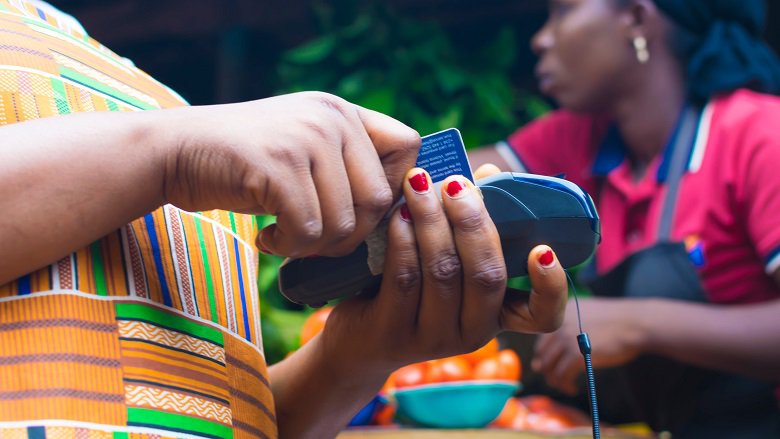Could you describe the AACB initiative that you are leading and how it contributes to DFI/integration?
I chair the Payment System Integration Working Group, which includes largely all the central bank payment systems directors in Africa, and some partners, such as the World Bank and other payment schemes.
Our overall task is to ensure that the existing domestic and regional payment infrastructures, especially the RTGS systems and the retail payment infrastructures are linked. The key deliverable is to also harmonize the rules and regulations, practices, and policies of member countries, so that they will provide certainty and direction for investors and users.
Afrexim Bank has put in place a Pan-African Payment and Settlement System (PAPSS) that aims to link all the RTGS systems of member central banks. Over the years we have had very good collaboration and coordination with them.
At our meeting in Zambia in August, the Assembly of Governors agreed that we should come up with the criteria for selection of the host central bank for PAPSS. PAPSS will move out of Afrexim Bank and be regulated and supervised by member central banks through the College of Supervisors in line with the CPMI-IOSCO principles. We also have a good governance framework which includes the Payment Systems Oversight Committee, on which I am a member, and a Governing Council, which is made up of the governors.
Could you provide any examples of DFI/integration in action?
We have piloted the PAPSS framework in West Africa where we linked the various RTGS systems. For instance, as of today, through PAPSS, an individual can move money from Ghana to Nigeria without this money passing through a third country or being sent by using a third currency.
PAPSS allows net settlement, which ensures that the foreign currency liquidity reserve requirements of member central banks will be minimized on a net basis. Afrexim Bank has also provided $1 billion as a settlement guarantee fund to ensure seamless flow of transactions.
Additionally, PAPSS is in advanced discussions with BUNA, the middle eastern payment infrastructure for linking of the payment infrastructure, and has also agreed to link to the Caribbean countries�� payment systems infrastructure.
What are the key challenges?
The key challenges are that some countries are slow at migrating from their legacy systems or are finding it difficult to integrate with PAPSS. We have had various payment systems integration initiatives on the continent, and some institutions are, finding it challenging to seamlessly harmonize their other initiatives with what we have currently agreed on.
Another challenge is that many African countries don't have enough reserves to fund their settlement reserve accounts at Afrexim Bank for net settlement of transactions.
What would be your ask for the Private/Public Sectors, and the World Bank Group?
We need public-private collaboration to ensure that this system succeeds.
Institutions such as the World Bank, can support capacity building for the system operators, especially in some countries. Another area is sensitization, which would be a collaborative effort with the AU, AACB, and other private sector institutions.
A third area is that there are some costs involved in the integration process, which not all the countries may have the capacity to accommodate. I think the World Bank can play a pivotal role in supporting these countries to acquire these technologies.
I believe that payment systems are revolutionary in the sense that if Africa is able to integrate its payment systems, it's going to help in poverty reduction in so many ways. As we have seen in Ghana, where we modernized our payment system, our people in rural areas have increased, access to finance through digital credit, savings, insurance and pensions. This initiative will also speed up African countries�� efforts at achieving the Sustainable Development Goals.


